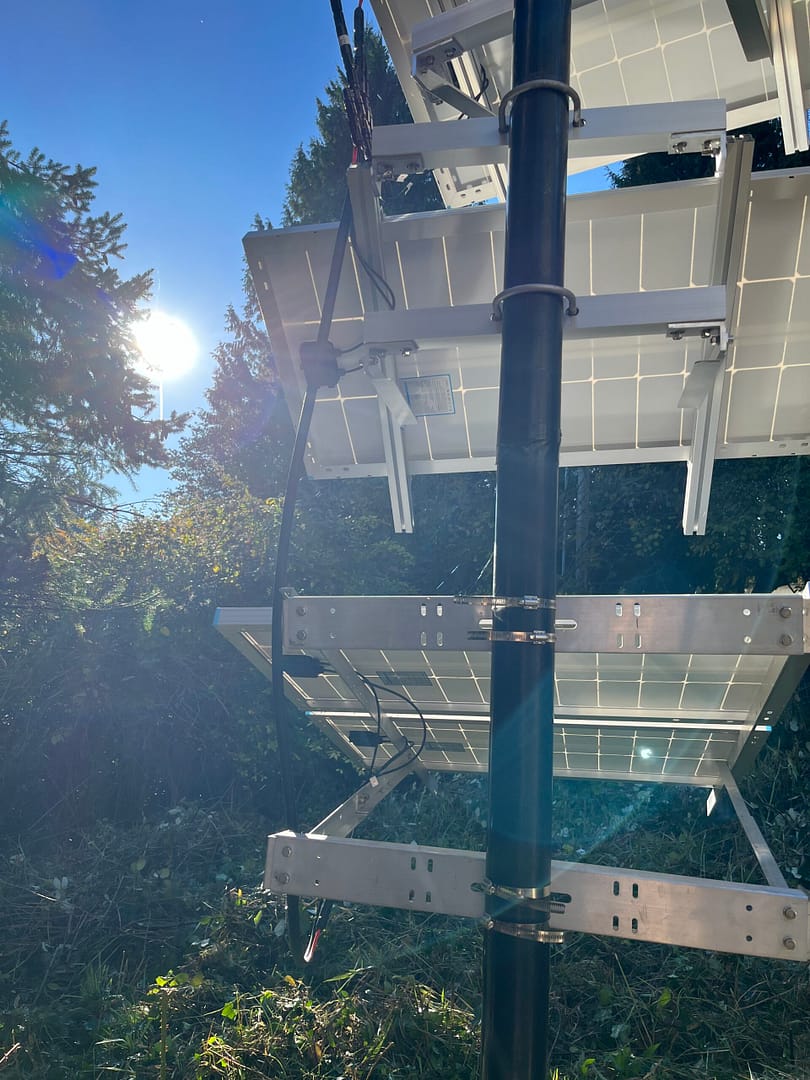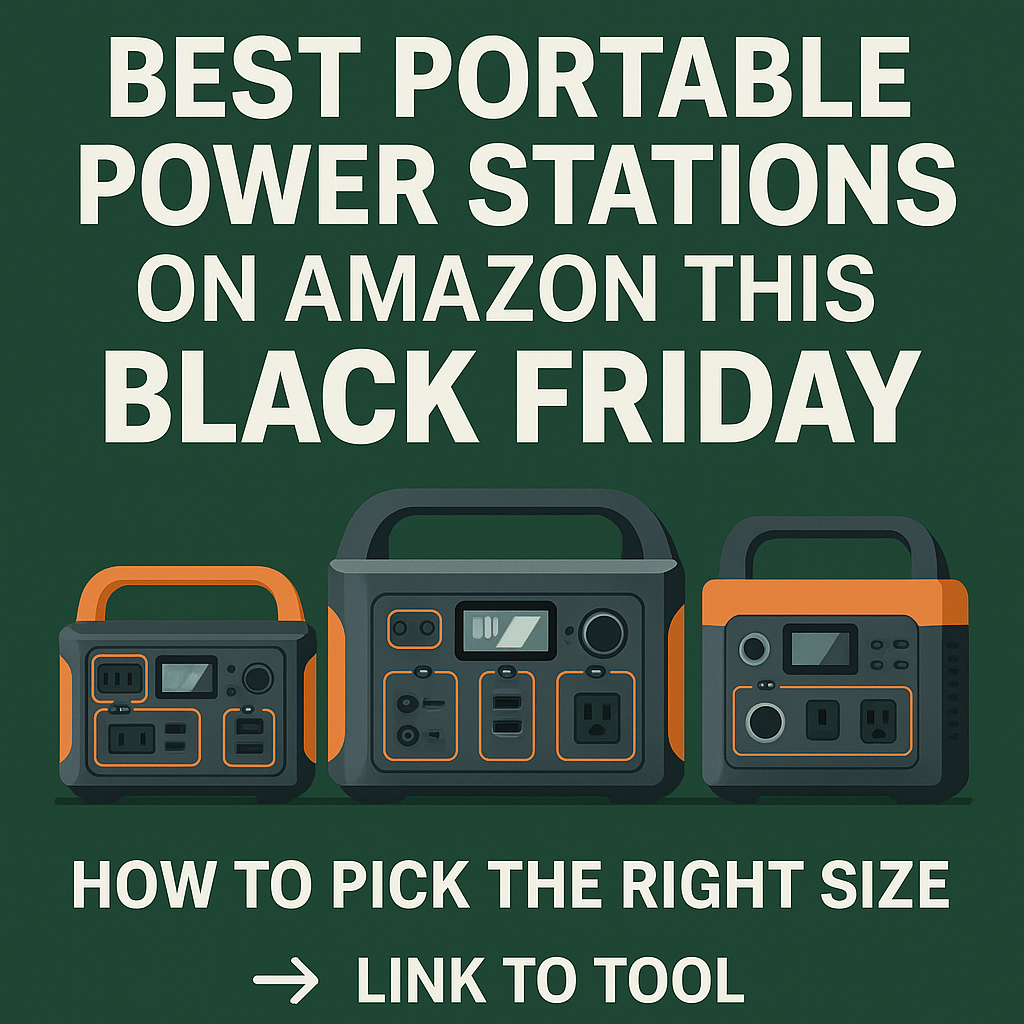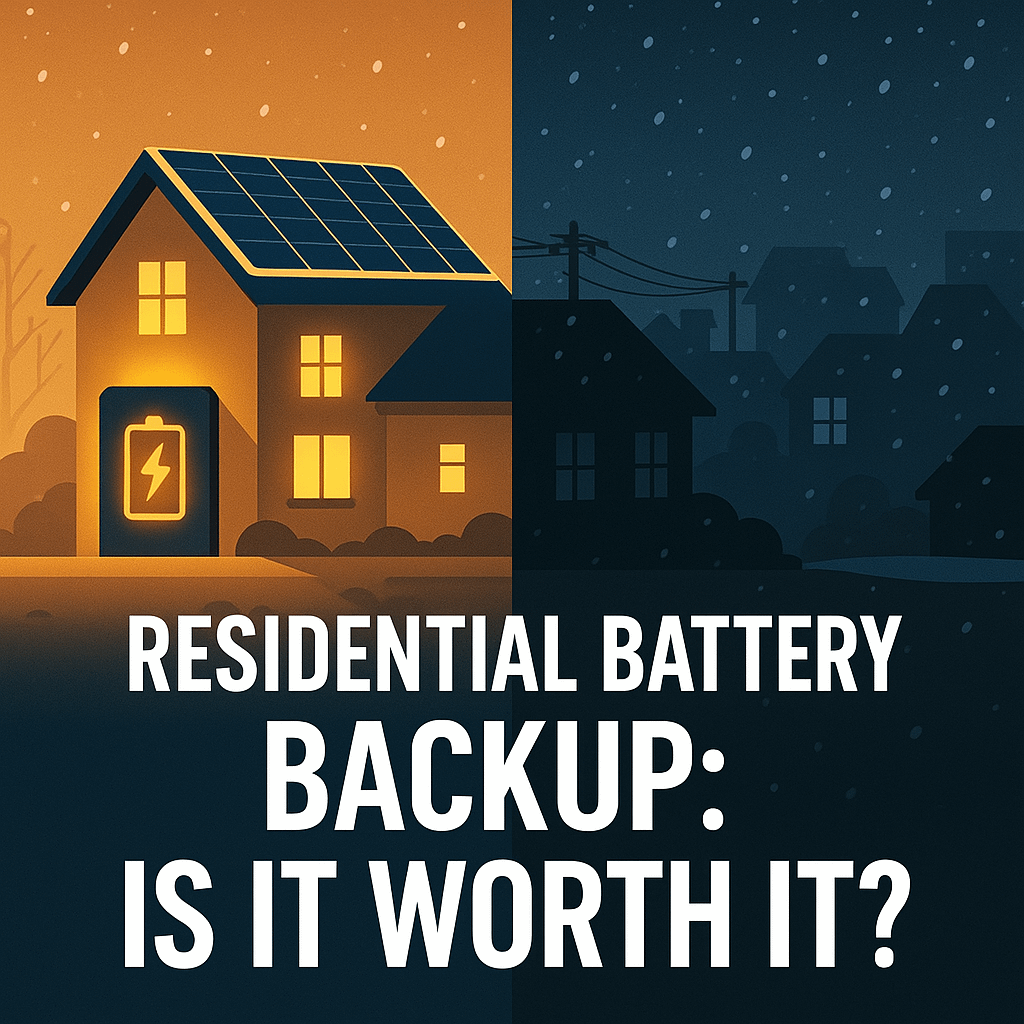Welcome to Evergreen Off-Grid and thank you for checking out our Power Shed! In this edition we’ll explain what a power shed is, why you might need one and explain our system specifications. If you’re looking for advice on building your own small off-grid system then stick around and let us show you around our Power Shed.

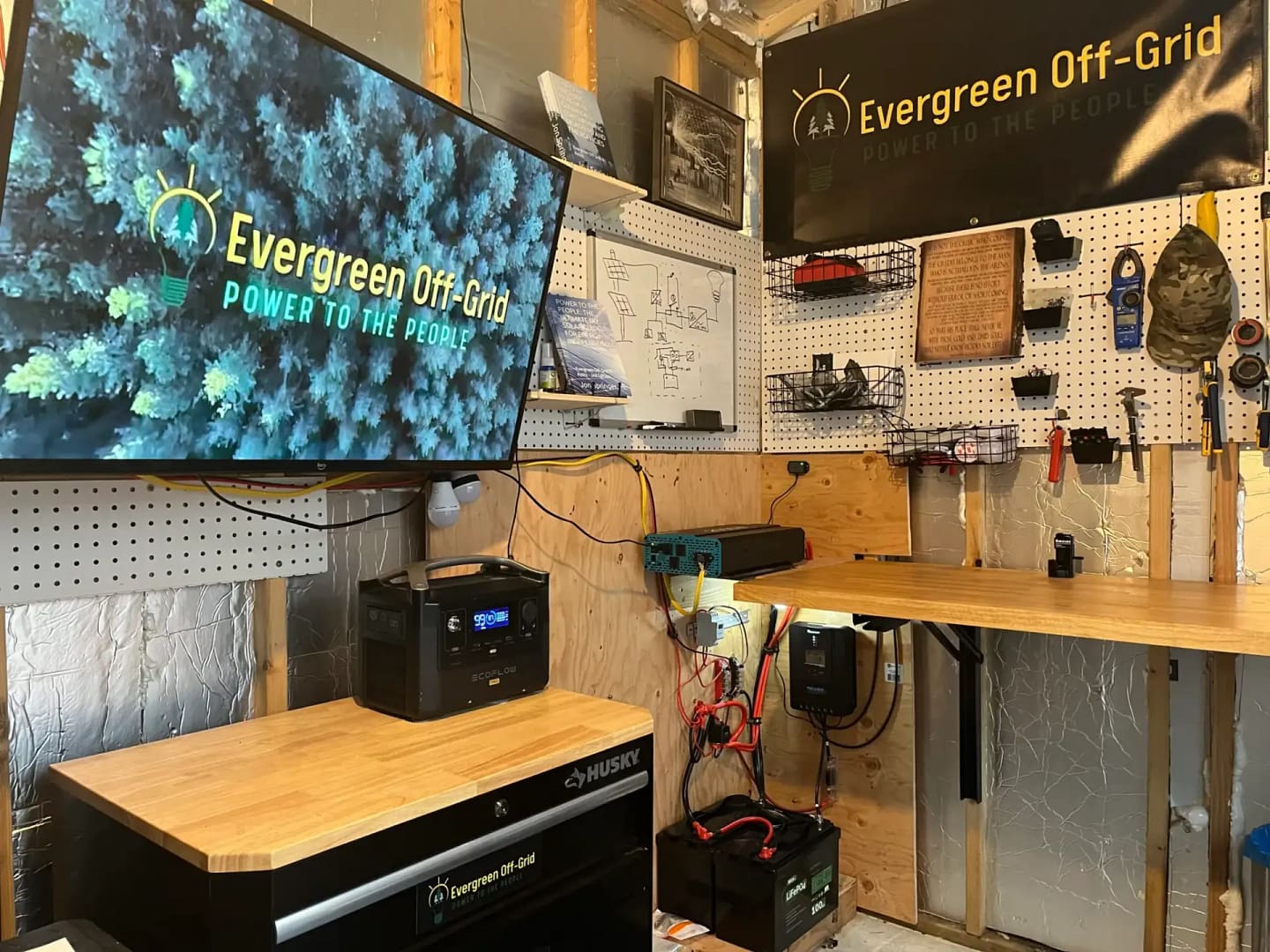

What is a Power Shed!? Who Needs One!?
Glad you asked! The Power Shed is my solution to a number of problems. To begin with, I have a 10kw solar array on my roof (which you can see in my video about cleaning solar panels), and I find it particularly frustrating when a power outage on the grid strands all that power on my roof.
As you may or may not know, if you have solar panels on your roof, and you are connected to the power grid, your solar panel array is disconnected from said grid during a power outage. This is done to protect the folks working to restore the grid down line. If not disconnected, any power generated on adjacent rooftops that wasn’t consumed would feed back into the grid, potentially putting linemen in harms way.
Battery Back Up
One technically excellent solution would be to backup your solar array with batteries. Notice I said, “technically excellent”, and not, “financially excellent”, or even “financially neutral”. The reason for this distinction is that for me, spending north of $10k on batteries to protect myself in the event of a blackout would be a very poor investment. Technically, it solves the stranded power problem perfectly. But the problem is, my power grid is just too damn reliable to justify the expense! First world problems, right?
All that said, you don’t have to dig too deep in this blog archives to find articles where I warn my readers to be prepared for emergencies, particularly blackouts. So what can I do? Is there a reasonable middle ground somewhere?
The Power Shed
The Power Shed is an independent power source. Power is generated by four 100 watt solar panels, which were purchased as a part of the Renogy solar kit listed below. Depending on sun availability, the 400 watts of solar PV can generate an average of 1,250 to 2,500 watt hours of electricity per day.
For my system, I went with the 2000 watt inverter. But after running an old power hungry power saw I wished I had gone with the 3000 watt inverter included with the kit below. The cost difference is minimal and the extra power may come in handy.
Note: As an affiliate, I earn from qualifying purchases. Thank you for supporting Evergreen Off-Grid.
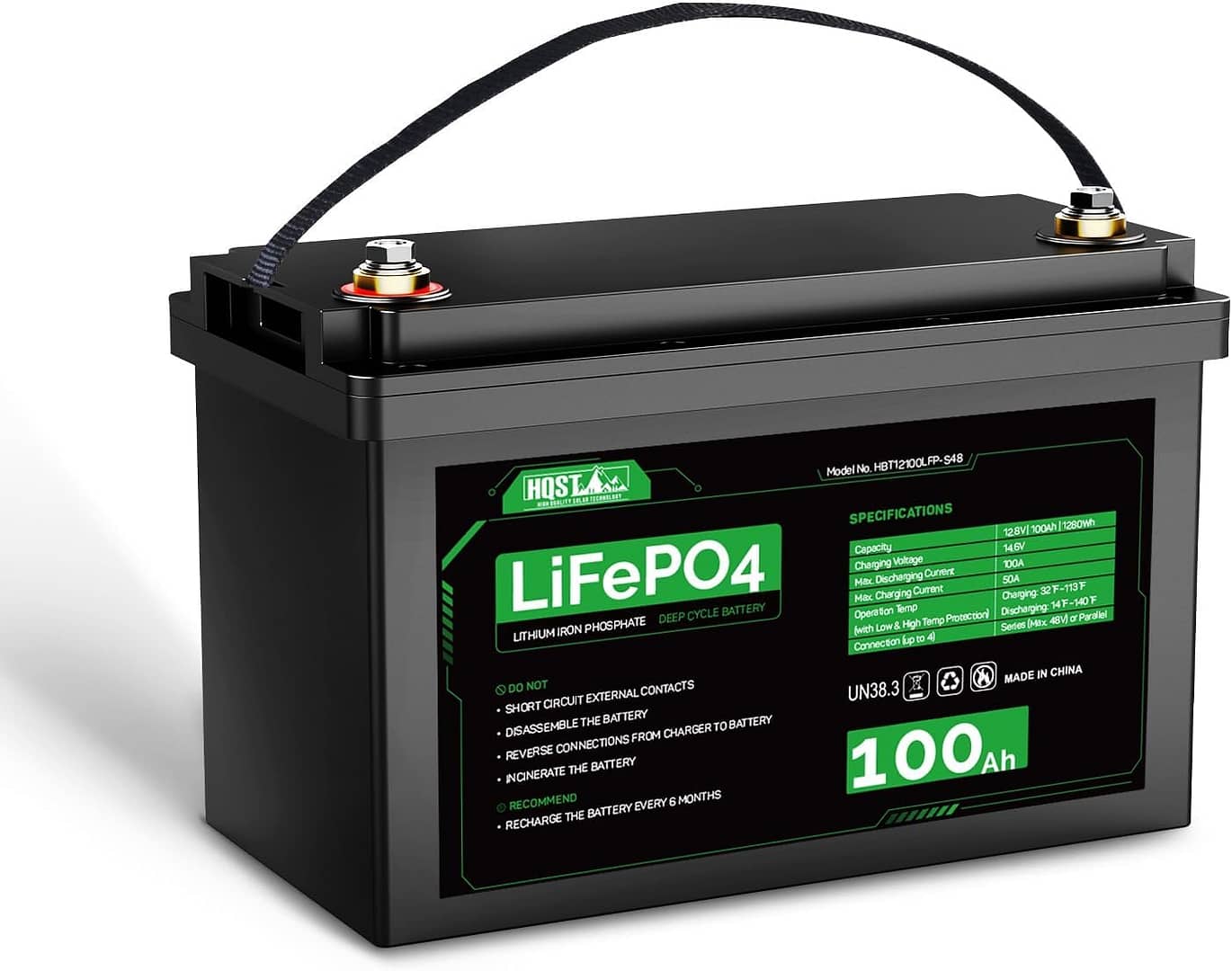
HQST LiFePO4 Battery 100ah Lithium Battery
$179.99
The Power Shed is outfitted with a tv capable of streaming anything I want to watch, standard power outlets for charging devices or powering tools. Complimented with three 100 amp hour LiFePO4 batteries from HQST (shown above), the Power Shed has a battery bank storage capacity of 3600 watt hours which can be used to power my portable power packs during an emergency.
Now, it’s not healthy to have your battery constantly charged at 100%, so there likely won’t be 3600 watts when an outage occurs (unless it’s scheduled), but even half that is a nice to have during an emergency. Perhaps more than a nice to have if you need to power medical devices.
How do I get that Power in my House?!
Moving the power from my battery banks into my home where I can use it in an emergency is where the portable power stations come in! Actually, it’s one of several scenarios where I find them to be handy, but with a power shed, you can keep solar powering your battery bank and transferring the power into your home as needed.
What Size Portable Power Station do I Need?
The answer to this question is really dependent on your personal situation. You definitely need enough to power any critical medical equipment you may have, but whether you want to power televisions, wifi, or even a refrigerator, is mostly a financial question.
I have an EcoFlow River Pro with 720 watt hours of storage capacity and an EcoFlow River standard with 288 watt hours of storage capacity. Learn more about what a 288 watt hour portable power pack can do by clicking here.
An Added Benefit to having two Power Stations.
A nice thing about having two portable power stations is you can swap in the smaller unit to take on the load while you charge the larger unit. With the combination of these power stations and power shed battery bank, you can keep your house secure, entertained and lit (no pun intended) for two or three days, depending on usage and system size.
There’s More!
What if you want to power more! Heat! AC! You want to cook food! You want power for weeks!
Worry not my friends, this is scaleable. Portable power packs come in much larger capacities, and with a larger battery bank and more solar panels, you can keep this going for much longer, again, depending on system size and sun availability.
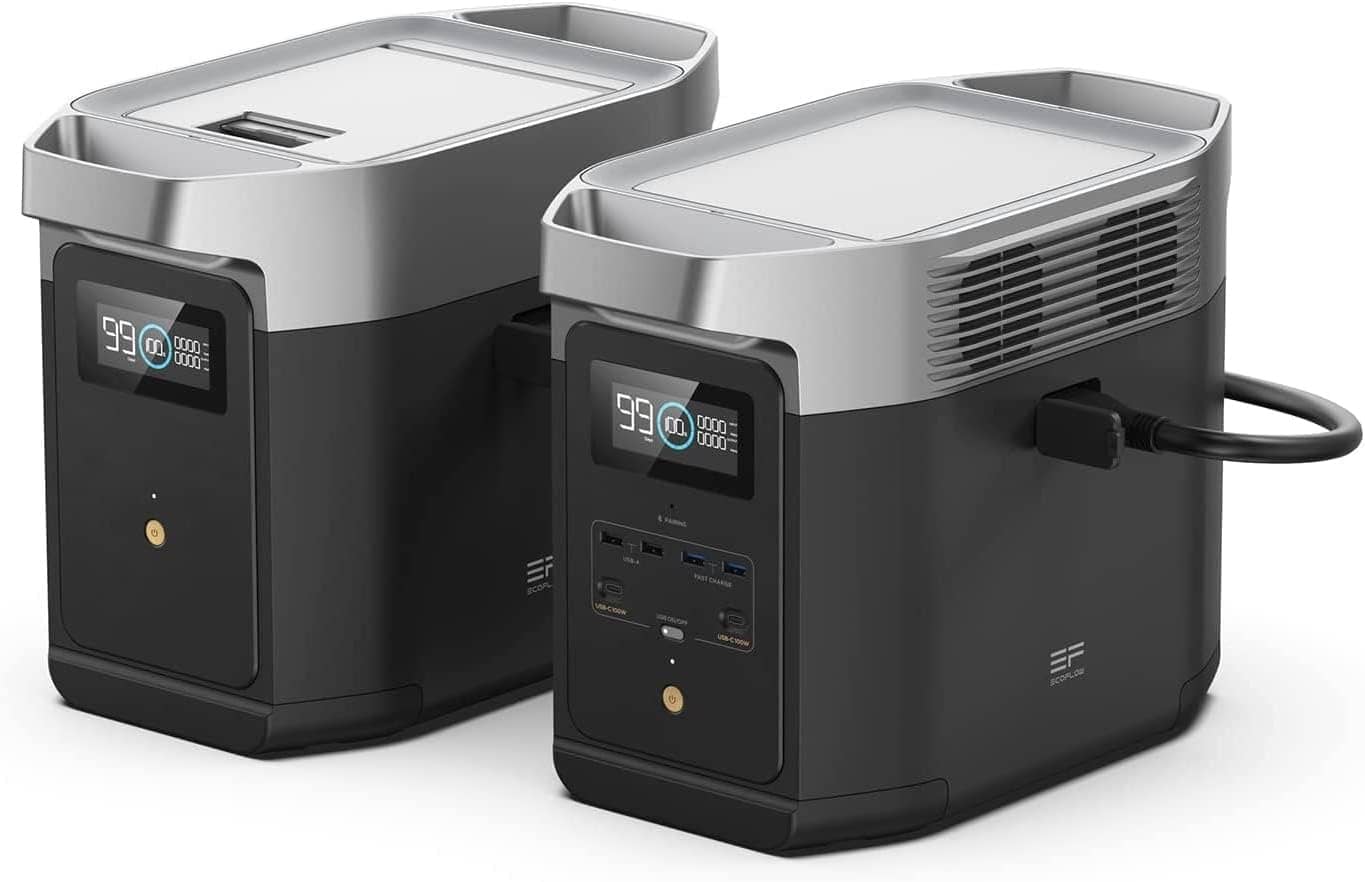
ECOFLOW Portable Power Station DELTA2 with Smart Extra Battery
$1,289.00 Original price was: $1,289.00.$929.00Current price is: $929.00.
Help Us Out!
If you enjoy the content on Evergreen Off-Grid, please add your voice below! We want to hear from you! What questions do you have? How can we help you build your power shed? Tell us about your own!

